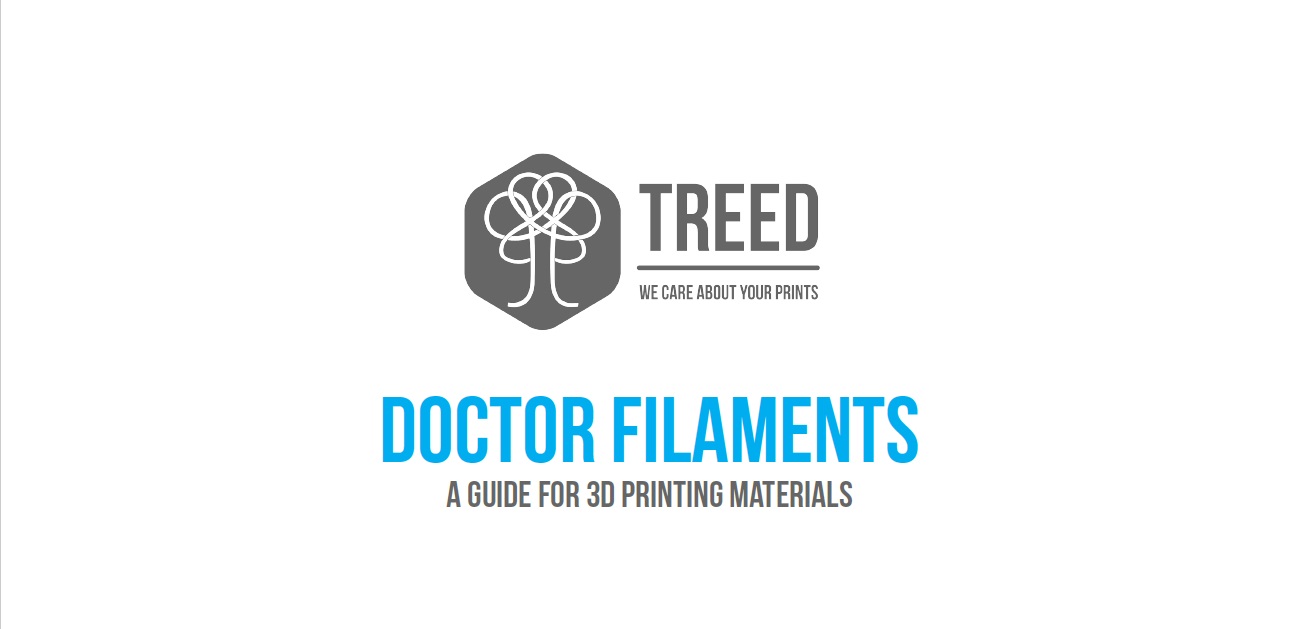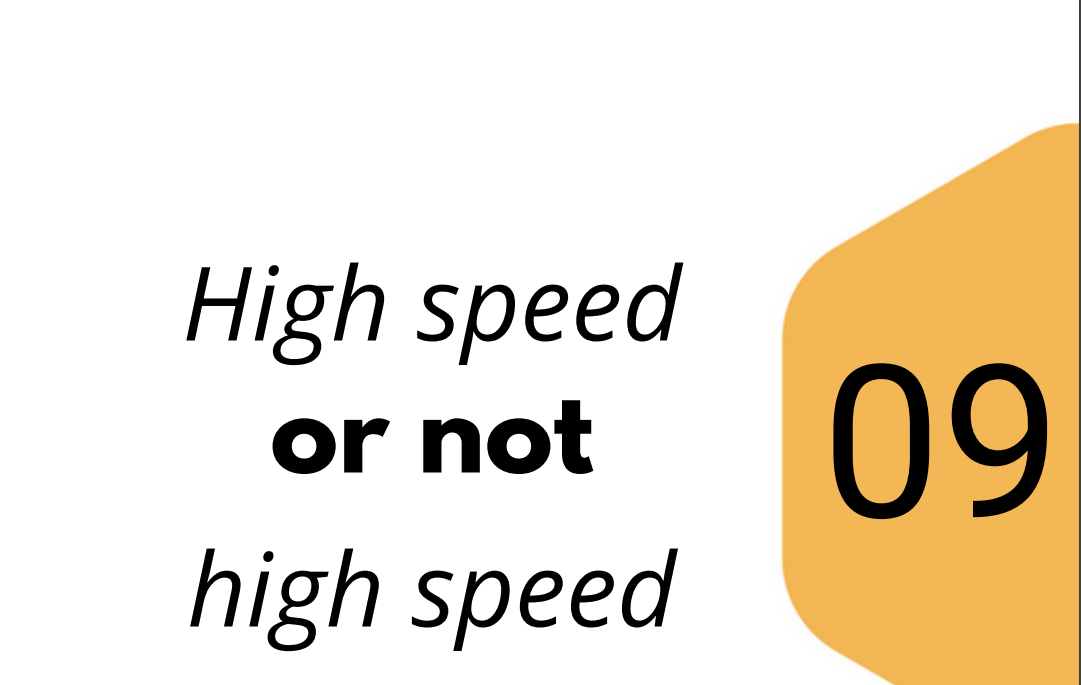In the world of 3D printing, materials often overlap with each other in numerous features and applications. In some cases, there are many points in common and this leads the user to choose the material superficially. In other cases, the point in common between two materials is one, at most two, and, in these situations, indecision in the choice can reign supreme.
In this article, we will give you some basic notions to make a choice between two materials that often overlap in characteristics but, in any case, different in some peculiarities that are worth investigating in order to obtain the best result.
Let’s compare PCPBT and Nylon.

“Nylon” is the trade name for polyamide, registered by Du Pont. There are several polyamide in circulation: there is polyamide 6, polyamide 6.6, polyamide 11, polyamide 6.10 and polyamide 12 (which is not a polyamide 6.6 with two molecules linked by 6, but a long molecule of 12).
Visualizza questo post su Instagram
PCPBT, which you will find in our catalog with the name B-Mat, in exclusively black color, is an alloy that combines polycarbonate with PBT, thus combining the characteristics of the two polymers.
Visualizza questo post su Instagram
PCPBT has the typical characteristics of polycarbonate (impact resistance, for example) and PBT (good lubrication).
The union of these two polymers therefore forms an alloy that can be a valid alternative to Nylon, used in injection printing, when you need to create prototypes with 3D printing.
In 3D printing, polyamides 6 and 6.6 are particularly difficult to use, for example: for the high level of hygroscopy, for the tendency to a strong shrinkage, for the difficulties in working on low thicknesses.
PCPBT, in fact, cools very quickly thanks to its polycarbonate component which gives the product great stability.
It adapts to most printers and keeps the competition high with a polyamide 6 and 6.6 from a mechanical point of view: for example, nylon has better heat resistance but PCPBT defends itself well, as well as resistance to cold, even at -20°, it is well supported by the PCPBT.
Nylon undergoes molecular shrinkage when it changes state and, unlike PCPBT, does not always have good resistance to solvents.
Also for this reason, in 3D printing, it is preferable to use a material such as PCPBT.
Follow us for more tips from the world of polymers!



0 Comments